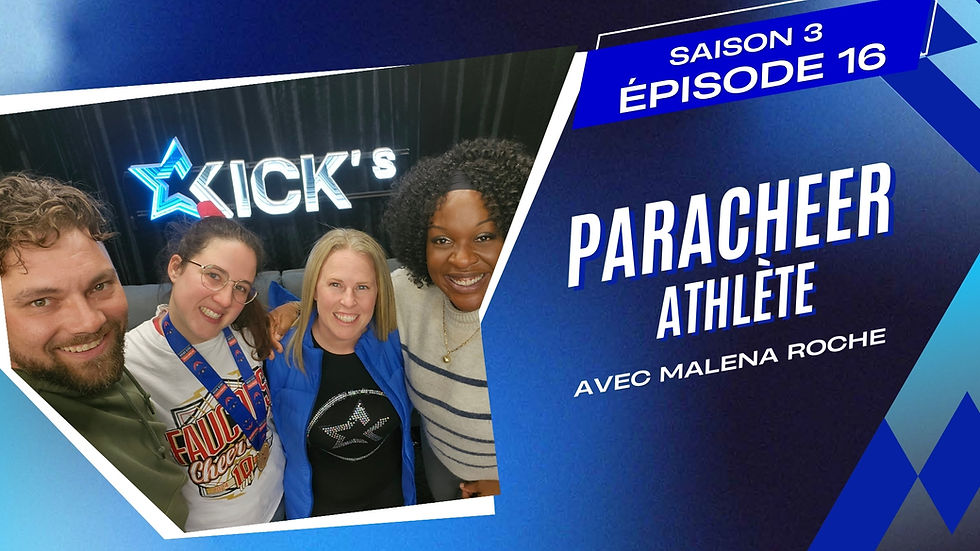Understanding Cheerleading Categories: A Simple Guide for Athletes and Parents
- janie724
- Jun 11, 2025
- 2 min read
Cheerleading is an exciting sport that combines acrobatics, gymnastics, stunts, and performance. But when it comes to competitions, it can be easy to get lost in the many different categories. In this article, we'll provide a simple explanation of cheerleading categories to help athletes and their parents better understand the divisions and how they work.
Levels in cheerleading
In cheerleading, teams are divided into different levels from 1 to 7. These levels are based on the athletes' technical skills, especially for stunts and gymnastic elements.
Level 1 is for beginners, while Level 7 is for more advanced athletes.
There are also "special" levels, like 4.2 , where the stunts are Level 4 but the gymnastic elements are Level 2.
Each team is placed in a category corresponding to its level, allowing athletes to compete against teams with similar skills.
Categories with or without "tumbling"
Another important difference between the categories is whether they are teams with or without tumbling (floor gymnastics). Some teams choose to focus solely on stunts without including gymnastics, resulting in so-called "non-tumbling" categories.
Non-tumbling routines are generally a little shorter, 2 minutes instead of 2 minutes 30.
Age divisions
Cheerleading also classifies teams based on the age of the participants. The age categories are:
U6 (Under 6)
U8 (Under 8 years)
U12 (Under 12)
U16 (Under 16)
U18 (Under 18)
Open (16 years and over)
Master (18 years and over)
It's important to note that there are strict age limits in each division to ensure the safety and smooth running of competitions. For example, you'll never see a 7-year-old on a U18 team.
Global and international competitions
Some cheerleading teams, especially those aiming for the world championships, compete in a special category called Global . This category adds a chant to the team's routine, bringing the total duration to 3 minutes 30 seconds. However, this category is reserved for teams in levels 6 and 7, the most advanced levels.
The Global has been retired for the 2024-2025 season
Too many categories?
With all these divisions, you might be wondering: are there too many categories in cheerleading? It's a question many people ask! Currently, in 2023-2024, there are 78 different categories in All-Star cheerleading. This may seem like a lot, but they exist to ensure safe and fair progression for each athlete, based on their ability and age.
Why so many categories?
The reason there are so many categories is related to the diversity of cheerleading skills. Adding different levels, with or without tumbling, and taking age divisions into account, creates a more equitable competitive environment. It also allows athletes to progress gradually.
There are many categories in cheerleading, but they exist to ensure that every athlete can perform at their level. Whether you're new to the world of cheerleading or a veteran, understanding these divisions will help you better navigate competitions and get the most out of your experience in this fascinating sport.
For more information on categories and up-to-date rules, visit the Cheer Québec or Cheer Canada websites.






Comments